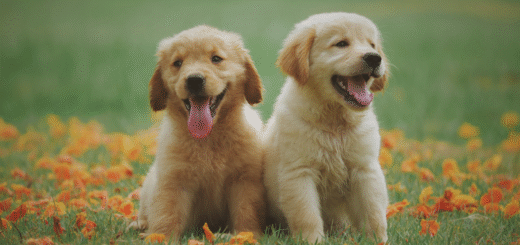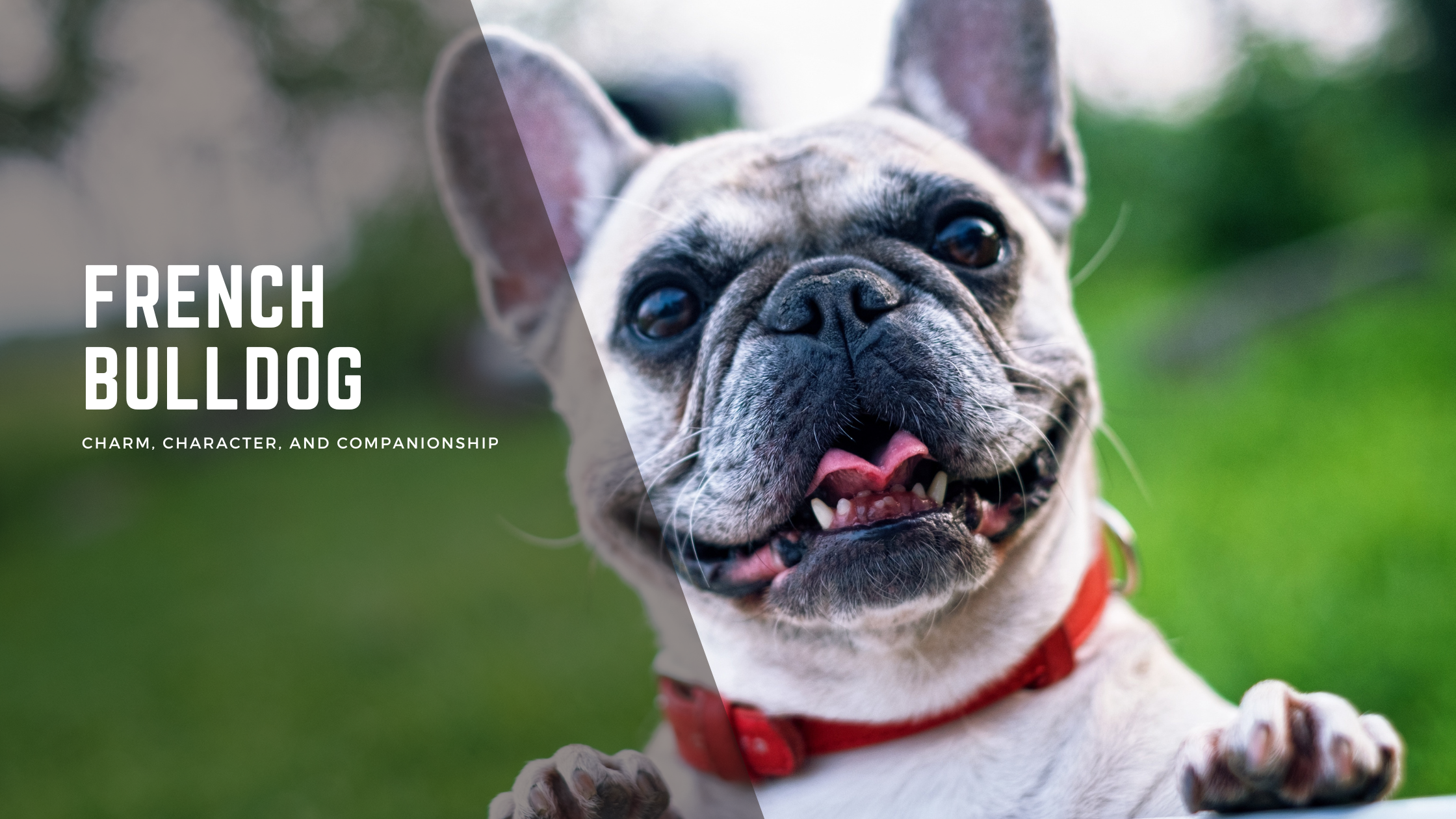How to Help a Fearful or Anxious Dog: Effective Tips to Calm Your Canine Companion
Dogs can experience fear and anxiety just like humans. Whether it’s loud noises, unfamiliar environments, or separation from their owners, anxious dogs often struggle to feel safe and comfortable. As a caring dog owner, knowing how to help a fearful or anxious dog can make a huge difference in your furry friend’s well-being and happiness.
Understanding Fear and Anxiety in Dogs
Fear and anxiety in dogs manifest through behaviors such as trembling, hiding, excessive barking, destructive chewing, or even aggression. Recognizing these signs early helps you address the root cause and provide the right support.
Common triggers include:
- Loud noises (thunderstorms, fireworks)
- New people or animals
- Changes in routine or environment
- Separation anxiety

How to Help a Fearful or Anxious Dog: Practical Tips
1. Create a Safe Space
Provide a quiet, comfortable area where your dog can retreat when feeling overwhelmed. This could be a crate with soft bedding or a cozy corner of your home. Make sure this space is always accessible and associated with positive experiences, like treats or favorite toys.
2. Use Positive Reinforcement
Reward calm behavior with treats, praise, or petting. Avoid punishing fearful responses, as this can worsen anxiety. Instead, encourage your dog to face fears gradually, building confidence step by step.
3. Establish a Consistent Routine
Dogs thrive on predictability. Feeding, walking, and playtime should happen at roughly the same times each day. A consistent routine helps reduce anxiety by creating a sense of security.
4. Gradual Desensitization
If your dog fears specific triggers, introduce them slowly at a low intensity. For example, if your dog is scared of vacuum cleaners, start by placing the vacuum in the room turned off. Reward calm behavior, then gradually increase exposure over time.
5. Consider Calming Products
Products like anxiety wraps, pheromone diffusers, or calming supplements can help soothe an anxious dog. Consult your vet before using any supplements or medications.
6. Regular Exercise and Mental Stimulation
Physical activity helps reduce stress and anxiety. Engage your dog in daily walks, play sessions, and interactive toys that challenge their mind.
7. Seek Professional Help
If your dog’s anxiety is severe or doesn’t improve, consult a professional dog trainer or veterinary behaviorist. They can create a tailored behavior modification plan and recommend treatment options.








